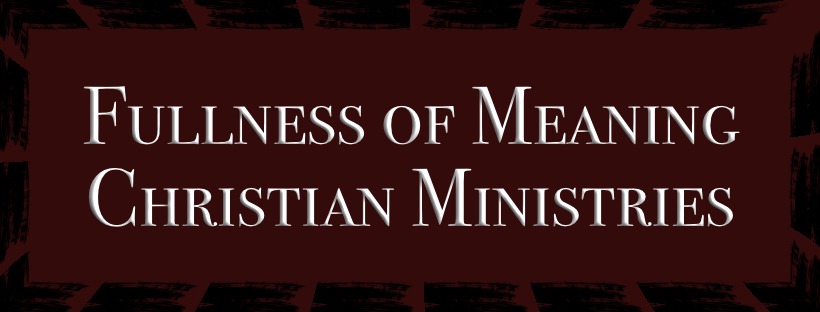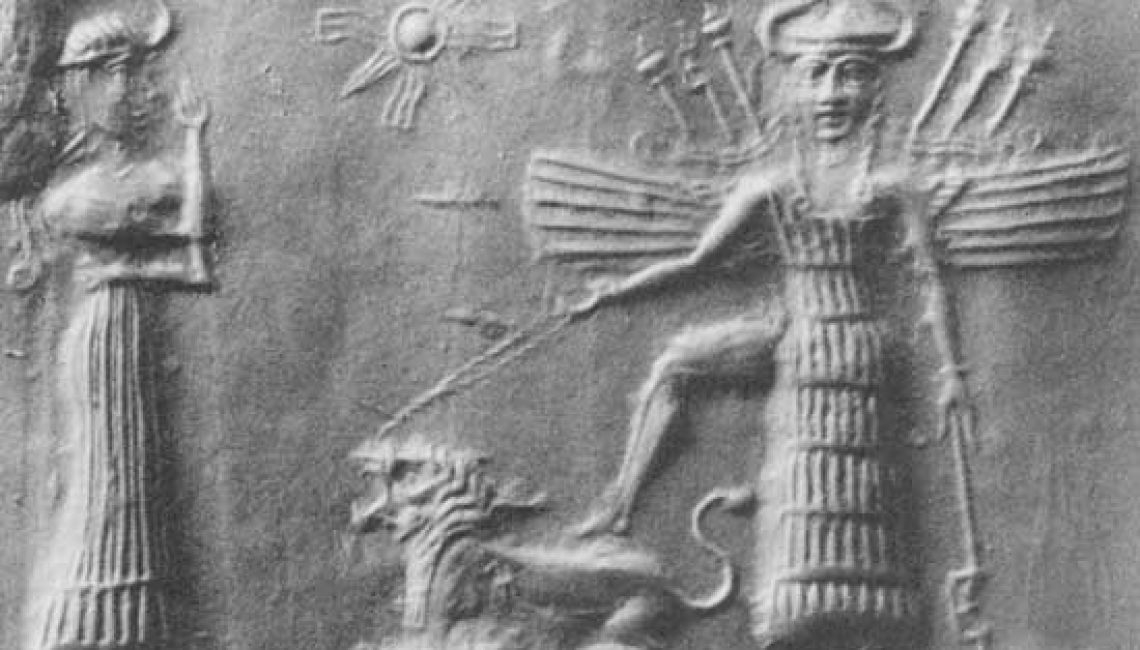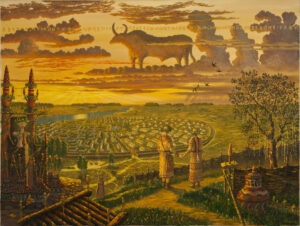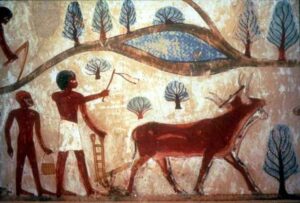Here we see a nude winged goddess on a large-scaled baked clay plaque, in a high-relief form. This goddess more than likely is a chthonic aspect of the Babylonian Ishtar or Sumerian Inanna. This was an Old Babylonian relief (Isin-Larsa Period).
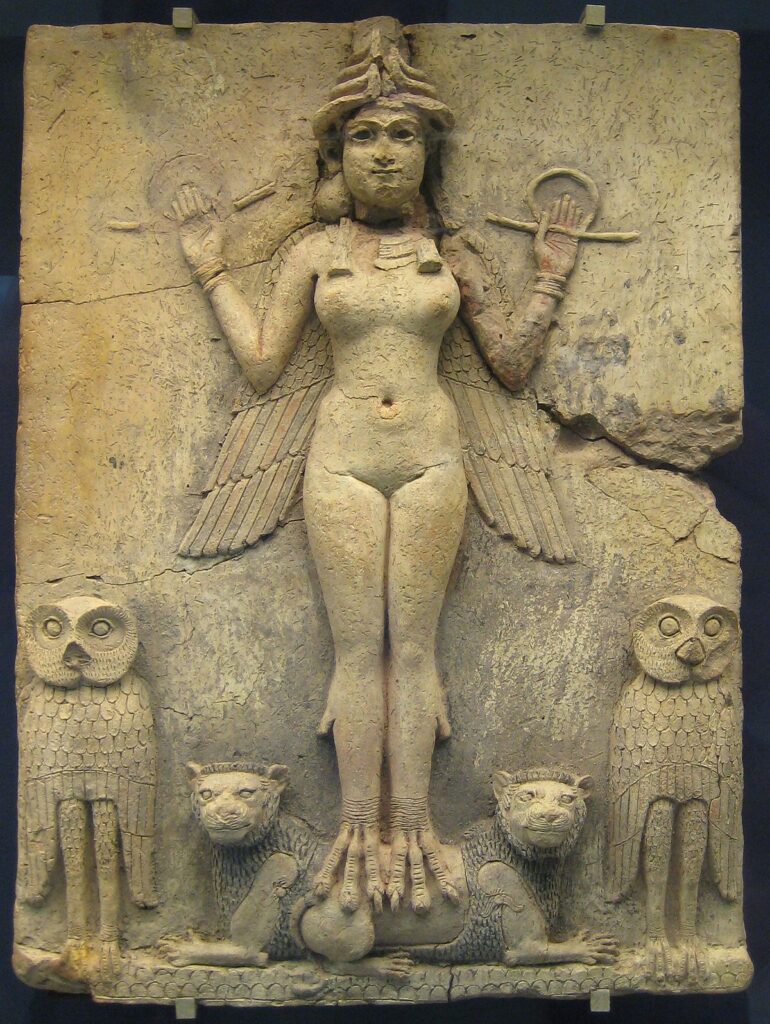
Seen at the feet of the chthonic Ishtar or Inana (in their descent for Dumuzi/ Tammuz) are two Screech owls and two lions. Lilith is represented by the screech owl. Our focus will be on the barren demon, Lilith, today.
Sumerian etymological root: *Ereshkigal ( {cf. Halloran’s Sumerian Lexicon/ Library of Congress}* Eresh: wise matriarch/ Queen + {Ki or—>} ku(r): mountain + gal: large; great) was Inanna’s sister, the Queen of the Damned/ Underworld. Cf. “Ninti” —“life, lady of the rib, rib – {Sumerian}
Lilith, the Screech Owl, was known as the harbinger of death. The Egyptians believed if there was an appearance of an owl, death was near. Lilith even takes up residence in the Bible. In Isaiah 34:14, Isaiah mentions the restitution of Yahweh:
“The wild-cat shall meet with the jackals . The Satyr shall cry to his fellow. Yes, Lilith shall repose there And find her a place of rest”
In Hebrew, the etymological origin is ‘layil’ – hence, “Layla”. This is a common Semitic root.
The constant physical phenomenon reflecting the noun, layla – or layil, is ‘darkness’ *from* that which is ‘light’ —OWR (Hebrew). We see layla identified in Genesis 1:3-5 as ‘darkness separated in the realm of creation’.
In Exodus 14:20, Layla is the darkness that has to be lit up (confer to associated passages in this context of meaning: Jeremiah 31:35; Psalms 105:39; Amos 5:8).
In the book of Job, “layla” is used in the metaphorical sense (Job 17:12 -{antimetabole/reversio}: ‘night is day and day is night’ – cf. Macbeth’s witches “Fair is foul and foul is fair”).
Micah 3:6 – “night without vision” Psalms 121:6 Yahweh will not ‘smite’ the devout by night…i.e., God will not allow His children to suffer in darkness —c.f., Latin: “education” = “e” – ‘out {out of}’ + “ducare” – ‘darkness’ = “out of ignorance”.
Lilith, in the genius of the Biblical narrative, holds that Lilith is the separate realm of darkness in the created world – therefore, a creation, with the moon as its correlative luminary (cf. Genesis 1:16, 18; Psalms 136:9).
Concerning her as the equivalent of the Indian, “Kali”, Lilith can be looked at as a “Division of Time”. As the separate realm of darkness in the created world, layla is essentially a ‘temporal quantity’. She is determined by the stars in Genesis 1:14 and defines the passage of time through continual alternation with the Day (Genesis: 8:22). She, Lilith, can be the companion to Day. There are 52 passages in the Bible attributing Layla (Lilith) in the merism “Day and Night {yomam [day] wa [and] layla [night]—-the the Arabian ‘1001 nights’ – layla wa layla —Arabic}.
